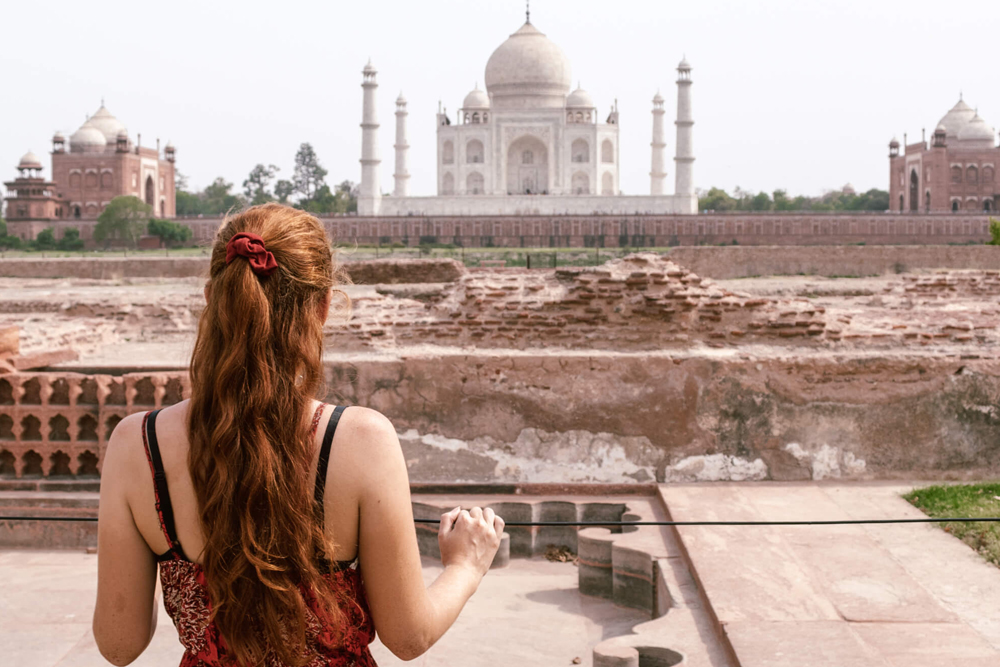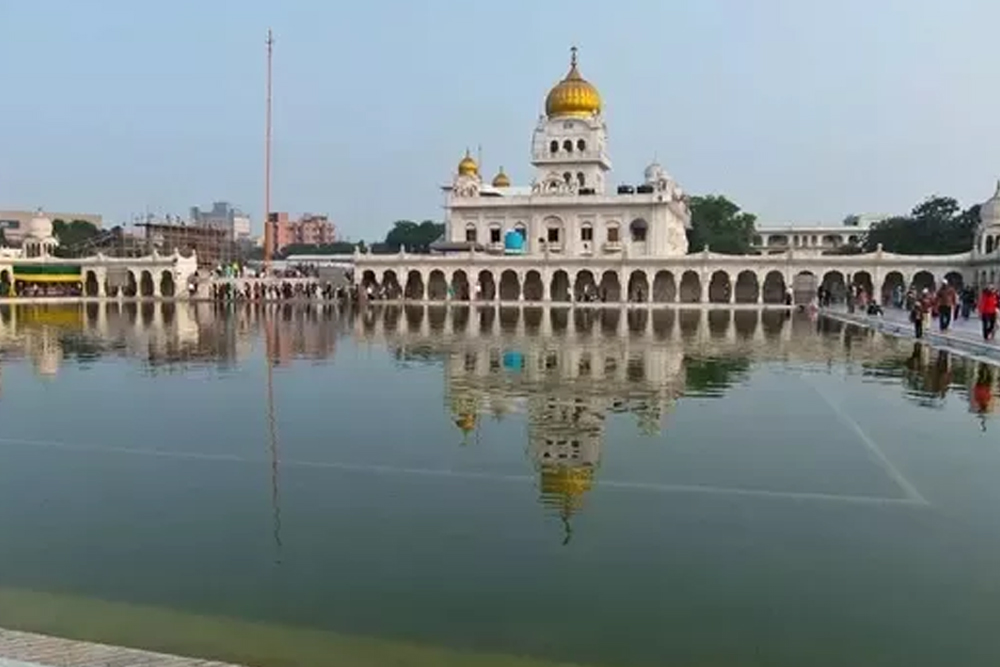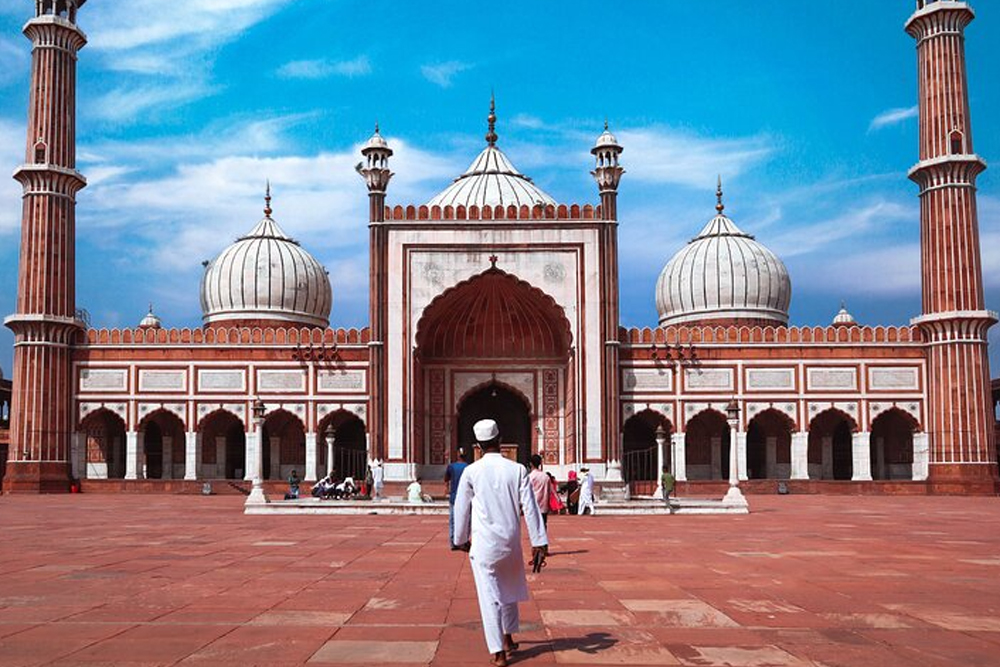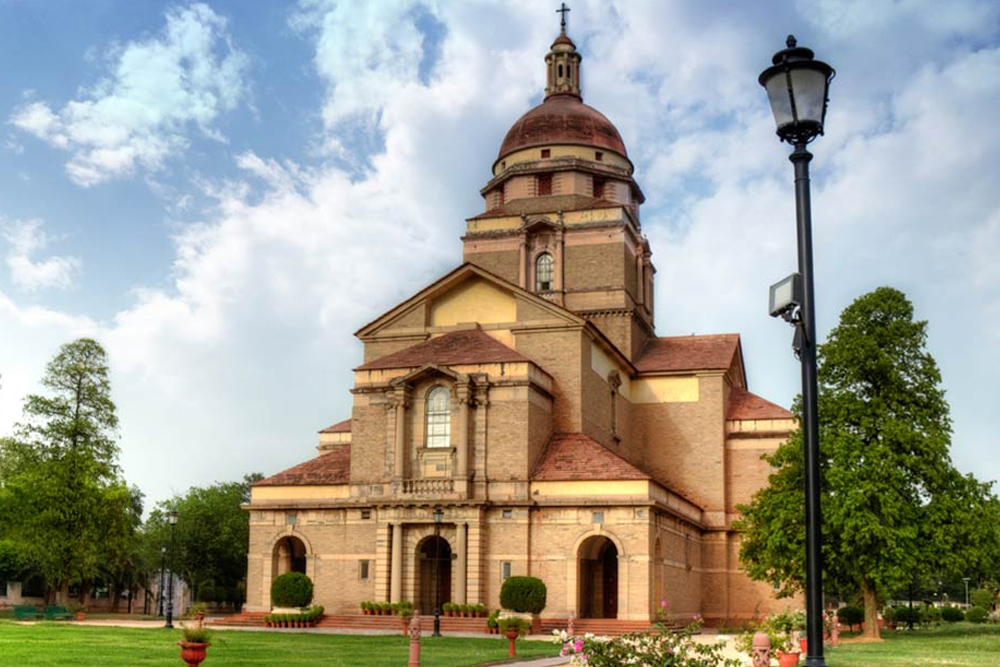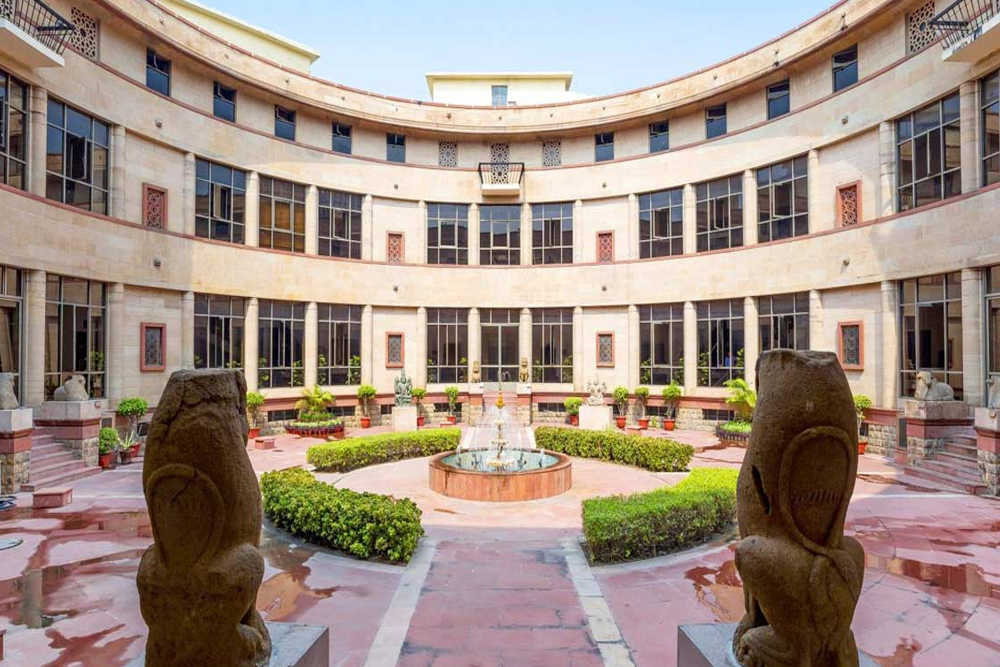Exploring Humayun's Tomb: A Jewel of Mughal Architecture
- Home
- Tourist Places
- Exploring Humayun's Tomb: A Jewel of Mughal Architecture
Exploring Humayun's Tomb: A Jewel of Mughal Architecture
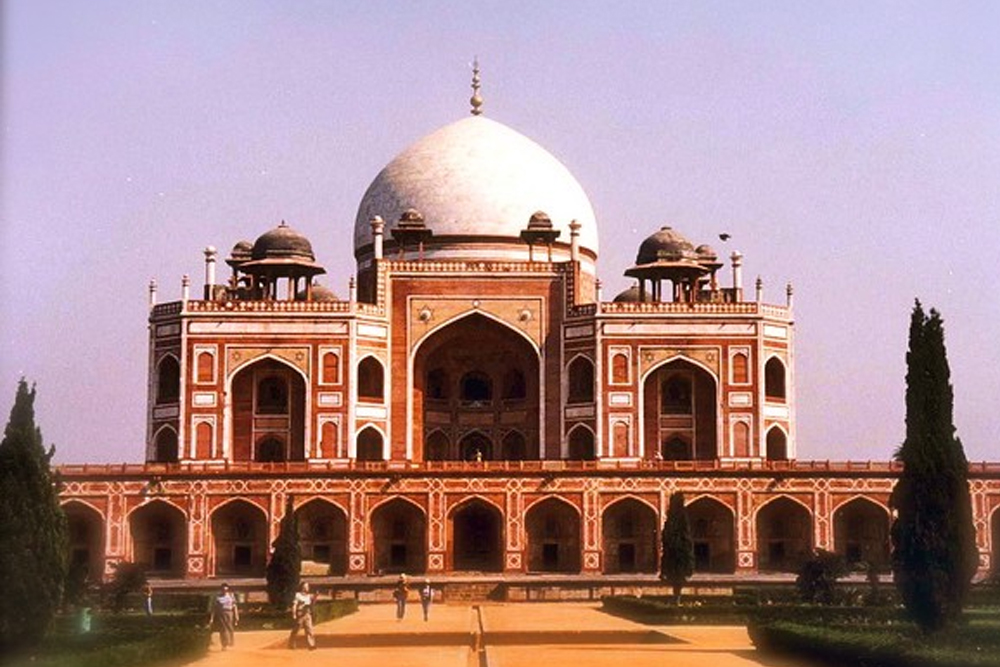
Humayun's tomb, known as Maqbara-i Humayun in Persian, stands as a majestic tribute to the Mughal emperor, Mirza Nasir al-Din Muhammad, famously known as Humayun. Commissioned by his first wife and chief consort, Empress Bega Begum, in 1558, this architectural marvel was crafted by Persian architects Mirak Mirza Ghiyas and Sayyid Muhammad. Situated in Delhi, India, it marks a significant milestone in Mughal architecture, being the first garden-tomb on the Indian subcontinent and pioneering the use of red sandstone at such a grand scale. Designated as a UNESCO World Heritage Site in 1993, Humayun's tomb has undergone extensive restoration, preserving its historical significance. The complex, located in Nizamuddin East, Delhi, encompasses not only the main tomb of Emperor Humayun but also houses the graves of other notable Mughal figures, including Empress Bega Begum, Dara Shikoh, and Emperor Jahandar Shah, among others. This architectural masterpiece, with its splendid Charbagh garden,
Tourist Places
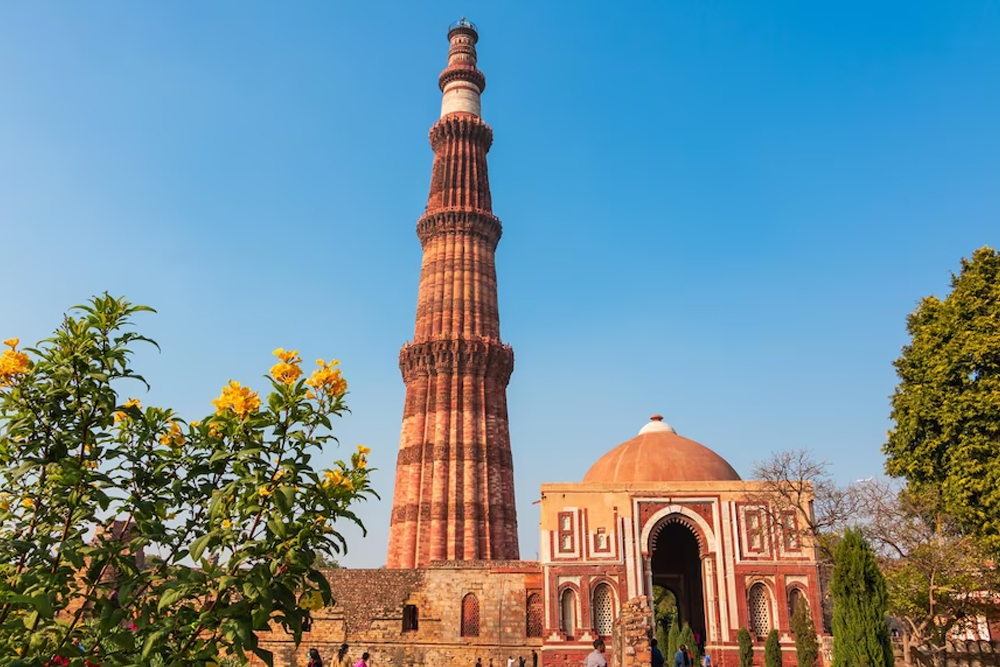
Qutub Minar: A Towering Icon of Delhi's Heritage
Tourist Places
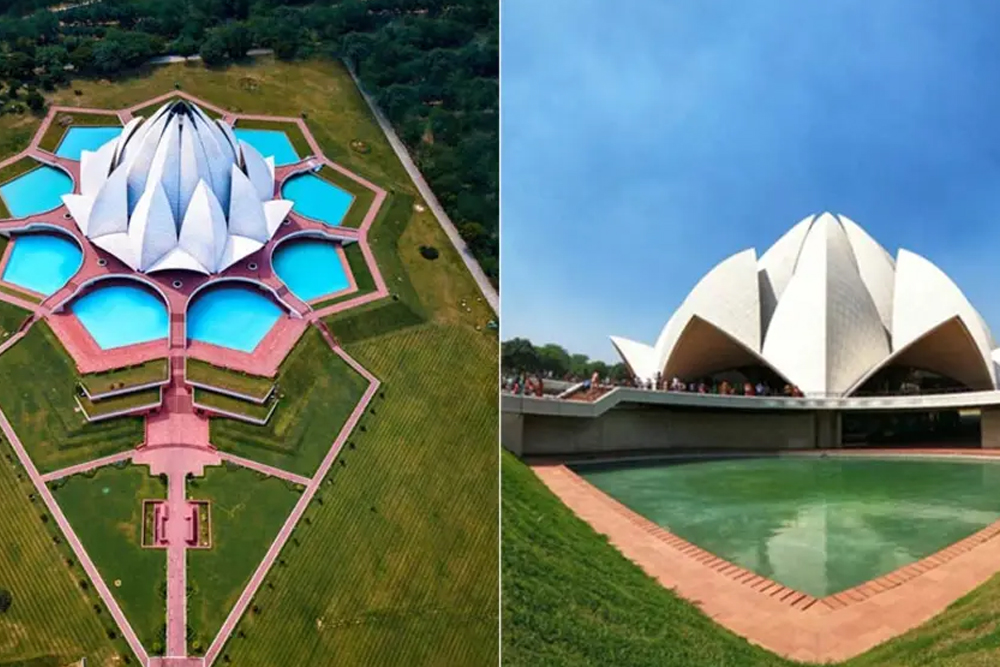
Discovering the Iconic Lotus Temple: A Symbol of Unity
Tourist Places
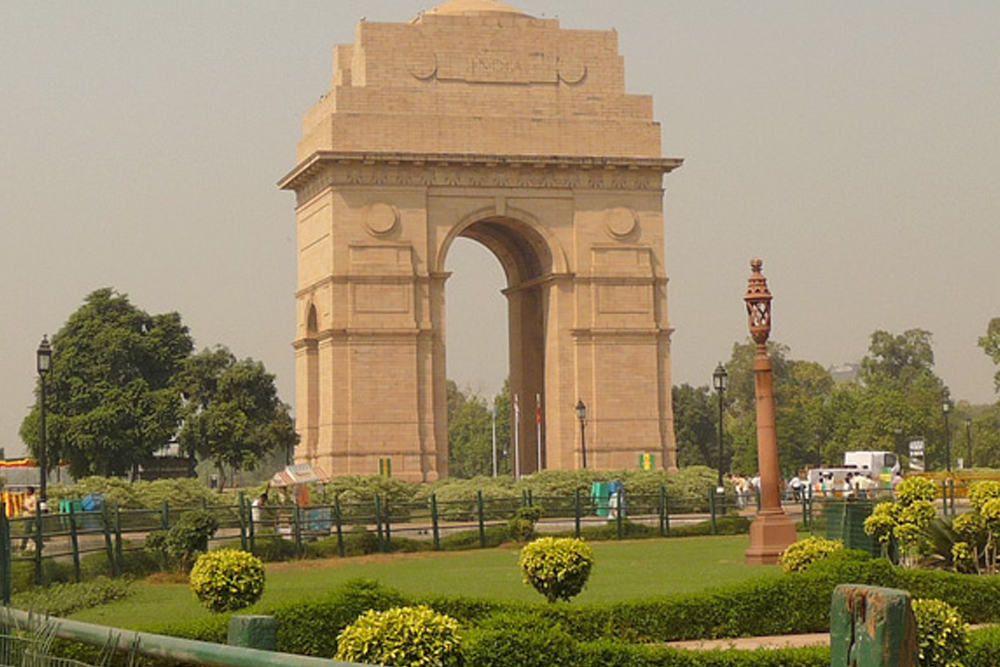
India Gate: A Symbol of Remembrance and Honor
Tourist Places
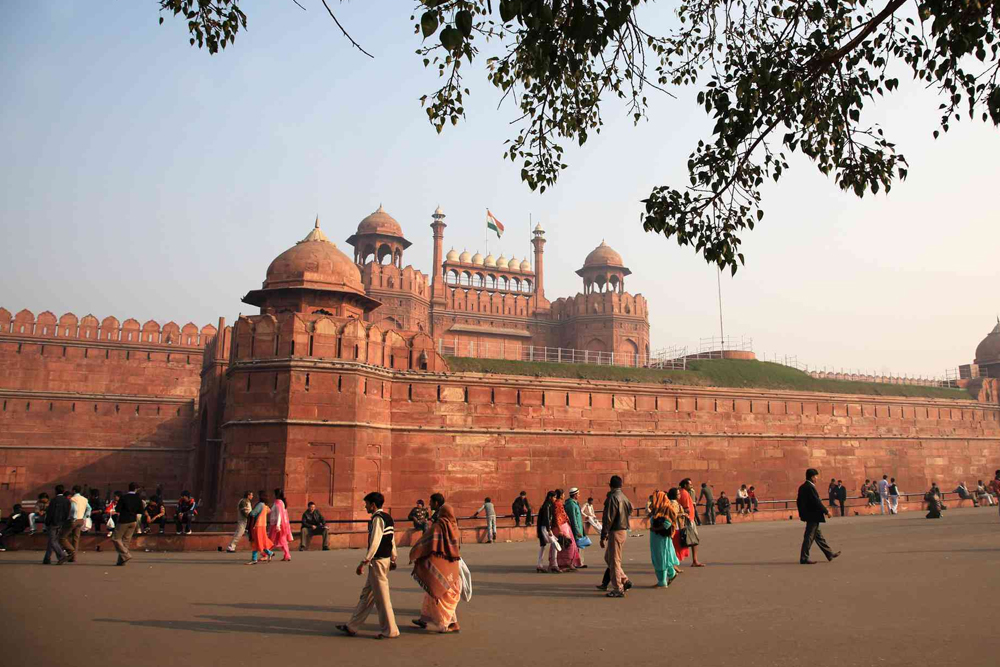
The Red Fort: A Symbol of Mughal Grandeur
Tourist Places

